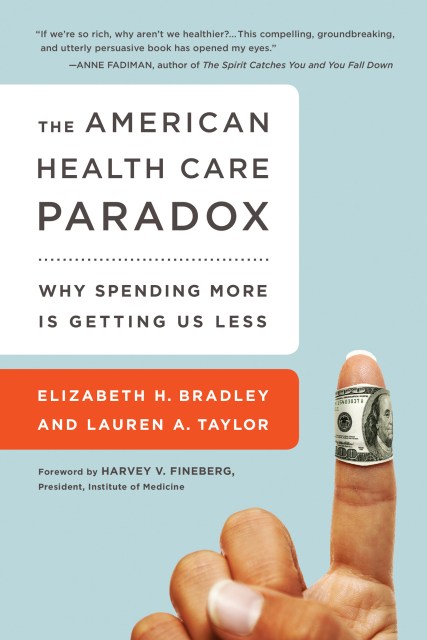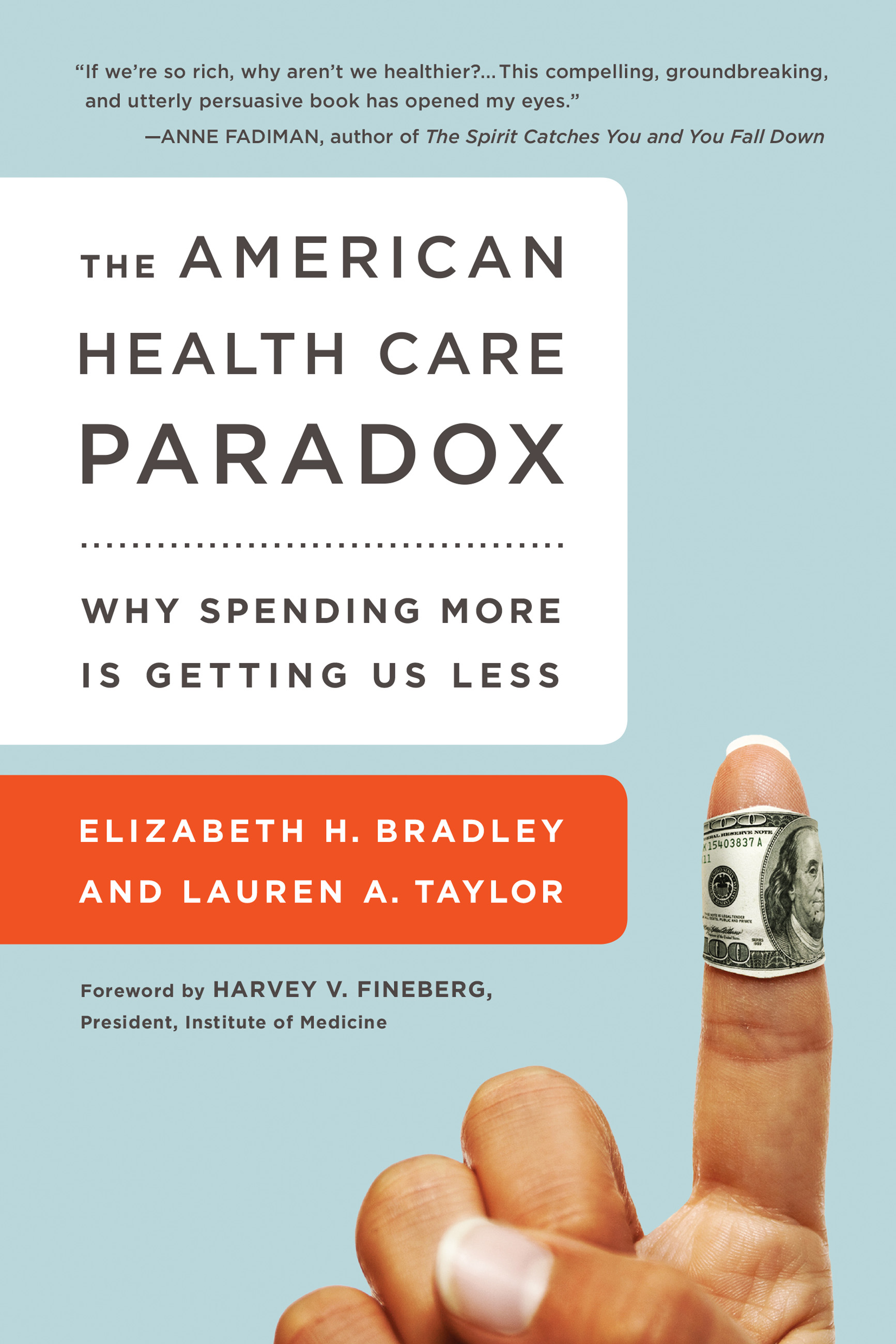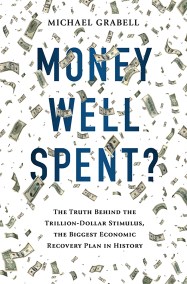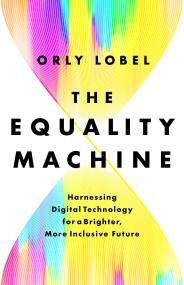Promotion
Use code MOM24 for 20% off site wide + free shipping over $45
The American Health Care Paradox
Why Spending More is Getting Us Less
Contributors
By Lauren A. Taylor
Foreword by Harvey V. Fineberg
Formats and Prices
Price
$11.99Price
$15.99 CADFormat
Format:
- ebook $11.99 $15.99 CAD
- Trade Paperback $16.99 $22.99 CAD
This item is a preorder. Your payment method will be charged immediately, and the product is expected to ship on or around November 5, 2013. This date is subject to change due to shipping delays beyond our control.
Also available from:
For decades, experts have puzzled over why the US spends more on health care but suffers poorer outcomes than other industrialized nations. Now Elizabeth H. Bradley and Lauren A. Taylor marshal extensive research, including a comparative study of health care data from thirty countries, and get to the root of this paradox: We’ve left out of our tally the most impactful expenditures countries make to improve the health of their populations-investments in social services.
In The American Health Care Paradox, Bradley and Taylor illuminate how narrow definitions of “health care,” archaic divisions in the distribution of health and social services, and our allergy to government programs combine to create needless suffering in individual lives, even as health care spending continues to soar. They show us how and why the US health care “system” developed as it did; examine the constraints on, and possibilities for, reform; and profile inspiring new initiatives from around the world.
Offering a unique and clarifying perspective on the problems the Affordable Care Act won’t solve, this book also points a new way forward.
Genre:
-
"Bradley and Taylor have identified social services as the unnamed culprit behind high health care costs and poor outcomes. Highlighting the non-medical determinants of patients' health may not only make physicians' jobs easier but also prove to be a prudent strategy for payers. This book offers an important reality check about what actually creates health in the United States." William Gillespie, MD, Chief Medical Officer of Emblem Health, and president of AdvantageCare Physicians
-
"The American Health Care Paradox has enough intellectual heft to bring an opera house to its feet. Drawing on data from dozens of international and domestic site visits, wide-ranging scholarly studies and in-depth interviews with patients, practitioners, health care administrators and social service staff from all over the world, the authors tackle the unenviable task of explaining why we think of health care the way we do—to the near total exclusion of social services. And they manage to do it with astonishing clarity, conciseness and narrative ease." Pauline Chen, the New York Times
"An important attempt to shift the discussion on health in the United States" Kirkus
"Their argument has intuitive appeal [and] is made more attractive by their clear prose and by their many helpful descriptions and historical explanations of US health care policy." Arnold Relman, New York Review of Books
Admirably presented as an apolitical examination of an urgent situation, Bradley and Taylor's carefully researched and lucidly reported findings offer what appears to be an easily rendered fix, but their equally striking depiction of uniquely American hostility to government involvement in private matters, exposes a daunting uphill battle." Publishers Weekly -
"It seems like there are daily stories of skyrocketing medical costs here in the US coupled with our bad health outcomes compared with other developed countries. This book argues compellingly that we may have been looking for solutions in the wrong places. We won't find the answers by changing medical payments or improving quality of care as important, as those are. But rather that health begins, is nurtured, protected and preserved in our families and neighborhoods where people live, learn, work and play. The authors find that supporting families and children in ways that make their houses, neighborhoods and schools secure and enjoyable pays off in health in concrete and measurable ways. It is time we started to get serious about building a culture of health and making it easier for people to live that kind of life than merely paying the costs to repair the damages from injury and disease." James S. Marks, MD, MPH, president and director of Health Group at the Robert Wood Johnson Foundation
-
"If we're so rich, why aren't we healthier? I'd wondered about that for years, always assuming it was a medical question with a medical answer. I now know the answer lies not in what happens in our hospitals but what happens (or fails to happen) in our social services. This compelling, groundbreaking, and utterly persuasive book has opened my eyes." Anne Fadiman, author of The Spirit Catches You And You Fall Down
"This book provides new insight on why it is the United States' is spending so much on medicine without seeing commensurate health outcomes. Bradley and Taylor provide a clear account of life in the chasm between health and social services, where so much of our health care investment is lost, and put forth concrete ideas on how we can do better." Dr. Paul Farmer, MD, PhD, Harvard Medical School, Brigham and Women's Hospital, Partners In Health, and author of To Repair the World and Haiti After the Earthquake
- On Sale
- Nov 5, 2013
- Page Count
- 272 pages
- Publisher
- PublicAffairs
- ISBN-13
- 9781610392105
Newsletter Signup
By clicking ‘Sign Up,’ I acknowledge that I have read and agree to Hachette Book Group’s Privacy Policy and Terms of Use







